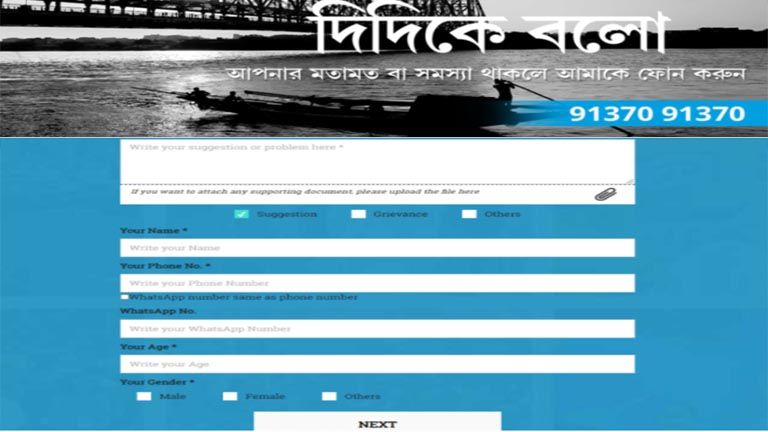

HTTPS VERIFY EMAIL ORG VERIFICATION

HTTPS VERIFY EMAIL ORG CODE
That's right!, you don't have to implement any other code for validating users with their respective unique tokens and emails. See Custom Email Templates Verifying User's email : Nothing. Note : The app comes with default email templates which can be overriden. Start the development server and signup with an email and you should be getting an email on the entered email with the default template for account activation. If anything goes wrong in sending the verification link email, the user will not be saved, so that the user can try again. # Output: user is already being saved as inactive and you don't have to.

The "inactive_user" that is returned by "send_verification_email()" contains a saved user object just like form.save() would do(with is_active status set as False), which you can further use to extract user information from cleaned_data dictionary, as shown below : inactive_user.cleaned_data Inactive_user = send_verification_email(request, form)Īttention : "send_verification_email()" takes two arguments, requests and form in order to set user's active status. Now in the function where you are validating the form.

įrom verify_email.email_handler import send_verification_email python manage.py migrateįor sending email from a signup form, in your views.py import. Path('verification/', include('verify_email.urls')),Īpply migrations. Include the "verify_email" URLconf in your project urls.py like this: In your settings.py : EMAIL_BACKEND = '.smtp.EmailBackend'ĮMAIL_HOST_USER = os.environ.get('EMAIL_ID')ĮMAIL_HOST_PASSWORD = os.environ.get('EMAIL_PW')Īdd "verify_email" to your INSTALLED_APPS setting like this: INSTALLED_APPS = [ Bypass this step if you already have these things set up for your project. If not, then your first step should be Step 0: Step 0 :. Note: This documentation assumes that you already have a mail server configured for your project to send mails. Like any other app, this can be installed easily by adding "verify_email" in your installed apps like: The steps to getting started are very simple. NOTE: Don't forget to activate the virtual environment if you have one. Note : The app is designed to be used right of the bat, however, further customizations options are also provided in Advance section below. Recieve a request from the verification link and verify for its validity.Generate a verification link and send it to the user's email.Settings user's is_active status to False.Using exceptions instead of normal string errors.Fixed a bug where the user was not able to request a new email using the previous link in case if the link expires.Added a Django form for requesting email with a field email.Added a variable REQUEST_NEW_EMAIL_TEMPLATE where user can specify his custom template for requesting email again.Added feature for re-requesting email in case the previous email was lost or deleted by mistake.
HTTPS VERIFY EMAIL ORG UPDATE
This version contains breaking changes and is not compatible with the previous version 1.0.9 What's in this update Verify_email is a django app that provides this functionality right of the bat without any complex implementation. Email verification for new signups or new users is a two-step verification process and adds a layer for security for valid users.


 0 kommentar(er)
0 kommentar(er)
